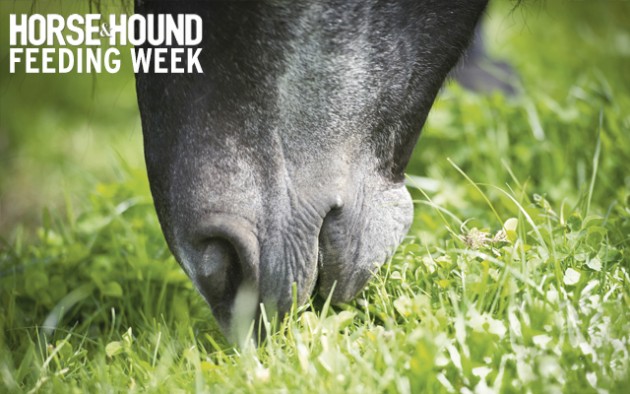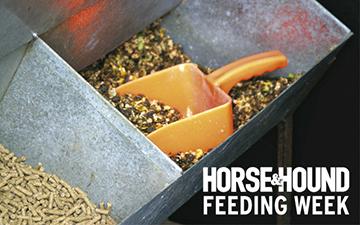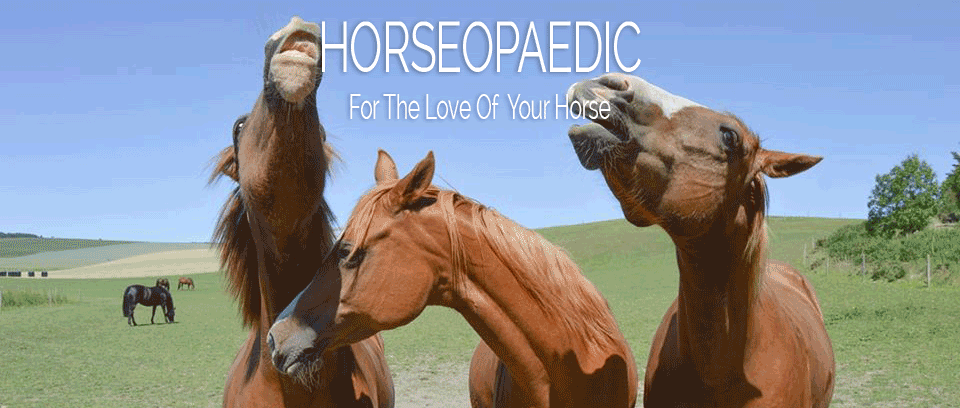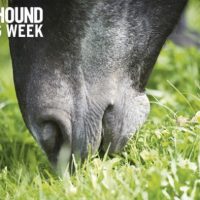
In Horse & Hound’s recent Winter Feeding Guide, published in affiliation with Spillers, they took a look at the controversy surrounding sugar — from what precisely it is, and should we fear it.
Sugar has developed into a dirty word lately. So with ever-growing concerns over equine weight problems and laminitis, and with EMS (Equine metabolic syndrome) on the rise, is the sugar concern-issue actually justified? We decided to investigate
1. What is sugar?
Sugars are carbohydrates and could be broadly categorised in accordance with the variety of items they include. Monosaccharides or simple sugars consist of only one unit and include glucose, fructose and galactose. Disaccharides consist of two units and include sucrose (the sugar that goes in your tea), lactose (milk sugar) and maltose (which makes Maltesers taste so good). Oligosaccharides consist of a number of items and contains fructo-oligosacchradies, present in vegetables and forages.
2. Sources of sugar
Athough many owners agonise over the quantity of sugar that goes into their horse’s feed bowl, it’s possible you’ll be surprised to learn that forage is actually the biggest supply of sugar within the horse’s food regimen; even for those without access to grazing. Grass can contain as much as 7.5% sugar and 50% water-soluble carbohydrates (WSC), which suggests for each kilogram (dry matter) of grass eaten, the horse may consume as much as 75g of sugar and 500g of WSC. Research has shown that ponies turned out un-muzzled can consume as much as 5% of their body weight in grass. If the identical applies to a 500kg horse, this would equate to 1.9kg of sugar and 12.5kg of WSC per day from grass alone. However what about those without turnout? Hay could include an excess of 20% WSC, so if fed at 10kg per day, could easily provide more than 2kg of WSC. Compound feeds typically include 5-7% sugar however, importantly, are consumed in a lot smaller portions. So, in real terms, the recommended ration of mix or cubes for a 500kg horse in light work would provide just 150-210g of sugar.

Can horses be allergic to sugar?
No, glucose is vital for life. The truth is, it’s the primary energy supply utilised by the brain. Even if the sugar ranges within the diet are low, the horse’s body converts other vitamins to glucose to satisfy demand. True feed allergies in horses are uncommon and once they do happen, they’re in response to a specific kind of protein, not sugar. Though high levels of energy and WSC in grass may sometimes be responsible for putting a spring in your horse’s step, behavioural changes “diagnosed” as an intolerance to sugar are mostly brought on by feeding larger levels of cereal starch.
Molasses
Molasses could be a concern for horse owners particularly if they’ve a horse or pony liable to laminitis. Molasses is a by-product of both sugar cane or sugarbeet processing and, contrary to common belief, isn’t pure sugar. Having stated that, it’s the rate at which molasses is fed rather than its sugar content material per se that’s important. Molasses and its variants such as molglo (a mix of molasses and oil) and molaferm include roughly 30-54% sugar and are typically added to feeds at 6-10%, thus contributing just 2-5% sugar to the completed feed. Put simply, feeds containing molasses are usually not automatically excessive in sugar and, equally, molasses-free feeds are not sugar free. For laminitics (including those with EMS) and cushingoid horses/ponies it’s the whole quantity of sugar in the diet rather than the exclusion of individual ingredients that’s most important. Nevertheless, a number of feed companies now supply molasses-free options for those who want to keep away from it.
Carrots and treats
Many owners are concerned or even advised that carrots, apples and equine treats contain excessive levels of sugar and must be avoided, particularly for excitable or laminitic horses. In fact, carrots consist of roughly eighty five% water, which means that every carrot really contains a negligible level of sugar and calories. Although in proportion terms treats could appear excessive in sugar, the amount they’re fed again means they contribute little or no sugar to the entire diet. Though they shouldn’t be fed by the bucketful, treating your horse or pony to some carrots (or different treats) won’t do any harm. Keep in mind, everything in moderation.
Should we worry about sugar?
Horses evolved to eat grass, which produces sucrose because it is a primary fuel supply. Therefore they’re really well adapted to digesting and utilising some sugar in their diet. Due to this fact in healthy, exercised horses in ideal body condition, sugar shouldn’t trigger a problem. Nevertheless, there are undoubtedly some horses and ponies that do need a low sugar diet, particularly those susceptible to laminitis. When that is the case, understanding rather than fearing sugar holds the key to efficiently managing the diet. Though, it’s wise to give consideration to what goes into your horse’s feed bowl with regards to sugar.
View H&H’s 16-page winter feeding guide, brought to you in association with Spillers
Supply: H&H Feed Week: The truth about sugar — should we really fear it?

